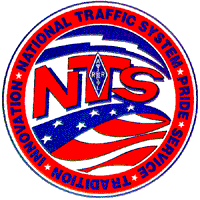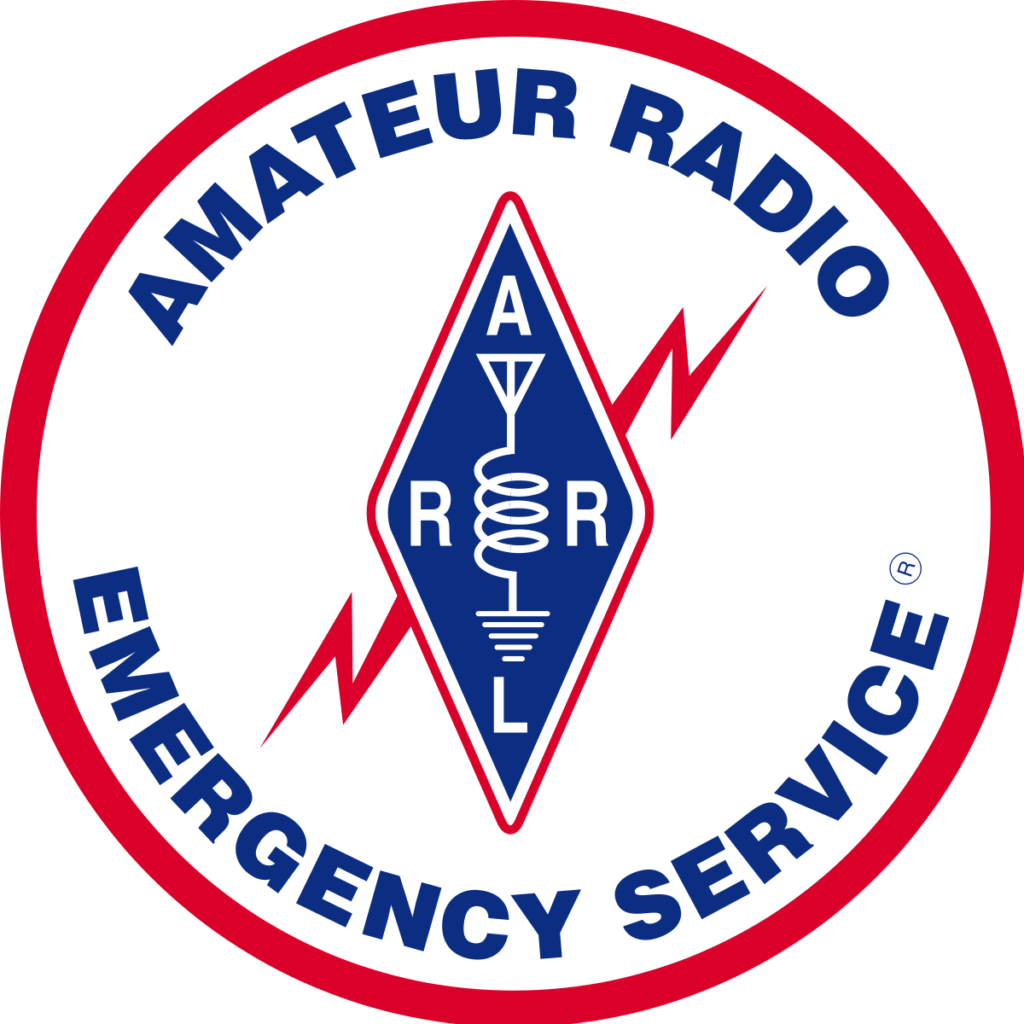


This is a proposal for a RACES, EmComm drill submitted as an assistant RACES radio officer in the city of Mesquite Texas in 2008. Please feel free to use this as a framework for your own drills as needed.
Proposal for EmComm Training Drill
Summary: This drill will be designed to test the ability of the group to operate in the case of a repeater failure. It will also test the net controls ability to handle traffic flow and the use of relays in such a case. This drill will also test the abilities of the individual EmComm stations to listen for weak stations, to relay information in an orderly fashion, and not cause undue interference on the frequency.
Scenario:
On a regular training night the net will open in a normal fashion. When it comes time for checkin's the repeater will be shut down without warning to the net. At this point the net control will make an announcement to the the net something like “ Net please standby, This is a drill. We seem to have had a failure of the repeater. All stations please set your radios to simplex on the output frequency of the repeater 145.310 with no tone. All stations please listen closely for weak stations so you may relay those checkin's when net control ask for relays. This is (ID the net) we will now take check ins please come with your call sign phonetically. This is a drill”
this process may take sometime however I think we have an hour so if checkin's take 20 minutes or so it should not be a problem. When net control is satisfied that all the stations that can be checked in by simplex have been checked in then they can make a statement similar to the following. “Do I have anymore check ins. Anymore relays. Hearing non all stations please standby ( reactivate the repeater ) This has been a drill. We will now take check ins from those stations not already on the list. “
(The goal is to check in all stations on frequency before reactivating the repeater)
finish taking checkin's and proceed with training on some of the techniques used and a critique of the drill as a whole.
This is a rough idea of how it would go. If I were calling this net from my location. Before I started to check in stations I would call Charlie N5AIB because he is in far north Mesquite with his antenna pretty high in the air and David KD5LGU in far east Mesquite with his antenna only 25 feet in the air but with lots of gain and have them standby as relay stations.
Training:
Spoiled to FM and Repeaters
We are spoiled to FM and repeaters. We get on the repeater and do our thing and if we here a little noise on a signal or someone has a little static because they are out on the fringe of the repeaters coverage area we lose our minds. A repeater is a wonderful piece of technology but being a piece of technology it has the potential to fail. Now because the universe likes to see us dancing like a flea on a griddle it won't fail during drive time on Wednesday afternoon. It will fail while a funnel is on the ground in the middle of downtown Mesquite. So we have to be able to continue to communicate if the repeater takes a lightning strike or the wind torques the tower causing it to fall. The tower falling may seem a little far fetched but ten or so years ago the wind from a storm did damage the tower and it had to be secured with guy wires for some time until they could repair it.
Know your equipment
With todays feature rich radios, the ability to program them with your computer and the fact that you may have 200 or more memory channels in them we tend to forget how to program our radios manually since the average HAM only uses three to five of these memory channels on a regular basis. It is also rare for a HAM to use the VFO for setting up communications with the folks they talk too every day. When you get on the same repeater everyday and talk with your buddies why bother? I can remember one particular occasion when the radio at the EOC here in Mesquite had to be replaced during a Skywarn Net because no one could remember how to program it. Things like this do happen. I have had radios in the past that I had become so comfortable with I couldn't remember how to move between the memory channels and the VFO or even program the sub audible tone.
Sit down and re-familiarize yourself with your radio. you should be able to at least program a frequency in the VFO. Set the sub audible tone and turn on the encode and decode. set the offset to positive, negative or none and set the appropriate power level.
Radio output power
Radio output power is important. A handie talkie with a rubber duck antenna is not going to be much good to you if you are in the field and the repeater fails. Most talkies these days will do five watts but with the inefficient antenna on most talkies you will find that they are only usable over a couple of miles under the best conditions. The common opinion of the folks I have ask about this subject is that a radio should be at least capable of 25 watts output on VHF for mobile and portable use in the EmComm arena. Most mobile radios now a days come out of the box able to transmit at fifty watts or more on vhf and at least thirty five watts on UHF. a handie talkie will not.
One common solution to the output power problem is adding an amp to your handie talkie.
this is a quick and easy fix. Small amplifiers for handie talkies run in the one hundred to one hundred and fifty dollars range. Most will do thirty five to forty watts with a four or five watt input. For my money though after you figure in the cost of the amp, jumpers, and a power source for an extra piece of equipment it is easier to go get a low end VHF radio and have fifty watts or more out of the box.
power level is important and should be one of your main considerations.
Antennas
You also need to consider your antenna. The old saying goes “ spend a dollar on the radio, spend two dollars on the antenna”. Any antenna shorter than a quarter wavelength ( about 19 inches on 2 meters ) is most probably a waste of money and time. The antenna on a hand held is nothing more than a device that presents the right match to the output of the radio so it will transmit at full power. By adding a quarter wave antenna to that handheld you can dramatically increase the distance that you can transmit and receive at the same power level. Without getting into a long discussion about antennas lets just say that a quarter wave antenna radiates in a spherical pattern, a 5/8 wave antenna shows apparent gain because it has a dough nut shaped radiation pattern. Due to advances in antenna design most mobile antennas today exhibit some gain over the common quarter wave antenna. The manner in which the antenna is mounted will also make a difference. Magnetic mount and clamp on mounts are convenient but there is no substitute for an NMO mount through a fender, roof, or trunk lid. Magnet mounts do have their place. I have used them when riding in a city or county vehicles, stuck to a filing cabinet at a shelter, and even stuck to a metal trash can in the front yard when I first got on packet radio.
The point is that you should make sure that you have the best antenna and mounting situation possible. It could make the difference in getting the message through.
Squelch level
Most of us tend to close the squelch all the way on our rigs so we don't hear the noise from cable TV leaks and and unshielded electronic equipment as we drive down the road. Sometimes it is necessary to open up the squelch to hear weak stations. This is especially true in the case of simplex operations. Most of us don't realize that a signal can be so weak that any squelch at all will cover it up but the signal may still be strong enough that it can be understood. Even if you are on a repeater there might be stations that are for one reason or another operating simplex on the output of the machine. They might not be from the area or may not have the information they need to access the machine but they still need assistance.
Before tone scanning radios the Mesquite repeater was one of the machines that was hardest to get into. Not because the tone was a secret but just because it was non standard. This meant that operators would operate simplex on the output of the repeater so they could ask what the tone might be.
Spend some time with your squelch at a lower level, find out where you can set it and still get the desired effect. It will help you hear better in bad conditions and keep you from adding unnecessary QRM to an already congested frequency.
Relay Stations
now that we have talked about radio equipment lets talk a little about skills that could help you in simplex operation. Relay stations are very important when you are operating simplex. Believe it or not they are important when you are using a repeater also. Keeping your ears open is the key. You may here a station that the net control may not hear. In that case you might be able to bring important information from a low power station in the field to the net control and save precious minutes in case of an emergency.
The use of relay stations is more common on the HF bands than on VHF and UHF in this part of the world but that doesn't minimize its how important they may be.
The process is pretty simple. If you have heard a station trying to contact net control for some time and it appears that net control cannot hear them enter the net with the pro word “Relay” Preceded or followed by your call sign. When you are acknowledged by net control ask the weak station for their information then repeat the information to net control.
Pretty simple, but it is a powerful tool when operating a simplex net. Even more so when trying to maintain order in what might quickly become a chaotic emergency or disaster recovery net.
listen before you transmit
Last but not least. Rob was real fond of saying “you were born with two ears and only one mouth” meaning that you should listen twice as much as you talk. We are amateur radio operators, we like to hear ourselves talk. That is why we got our licenses. During an emergency however we need to spend most of our time listening on the frequency for things that the net control might not hear or keeping the frequency clear for the weak stations that net control can hear that we don't.
Wrapping it up
This is by no means all the skills and technical information you will need for simplex operations. It would take far more time than we have here to get deeply into it. Spend some time working with some of the suggestions we have offered here. Take the time to listening to some of the HF nets like the Hurricane watch net, the SATERN net, State ARES nets and NTS nets. Simplex operation on VHF and UHF locally is kind of hard to find you might listen on VHF between 146.400 and 146.600. You may find some activity there.You can also listen to some of the more active repeaters on reverse and get a feel for listening on an active simplex frequency.
